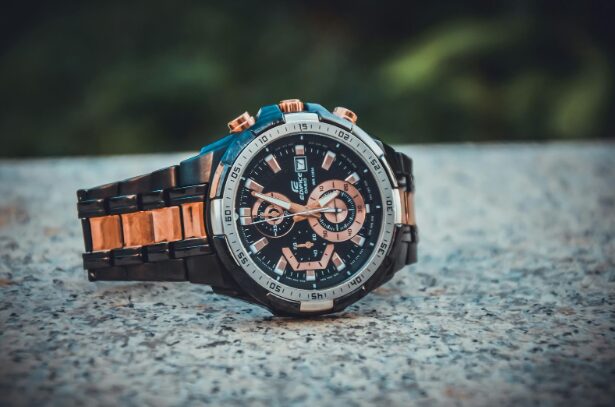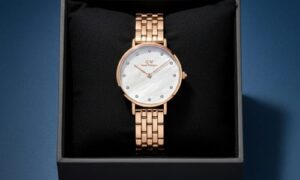There is commonly the belief among buyers that low-cost replica watches are mostly made using cheap materials. But these days, replica watchmakers have made progress, introducing advanced ways of working that give their watches impressive levels of accuracy. We look at every process involved—design, tooling, assembly and quality control—to understand what allows replicas to look realistic and what is still missing beneath the surface.
Drawing Up the Initial Design and CAD Models
The first part is acquiring the pieces needed for the room. They use images found in brand catalogues, advertising or sent by owners who like to share their vehicles on the internet. Experts in the field analyze the watch by examining a real product or studying its drawings on the Internet. Diameter, lug width and bezel thickness form the base for generating an accurate CAD model.
With CAD software, engineers draw the replica watches UK case, bezel, dial, hands and bracelet as separate three-dimensional models. Top-quality replicas are adjusted by just one-tenth of a millimeter when aligning the case and the lugs. With the CAD model ready, it guides how everything is made using tools and equipment.
If anything changes from the actual watch such as the dial’s font, designers keep changing the model until it matches perfectly with details from original references, frequently guided by experts from watch enthusiast groups.
Equipment and Mold Production
When the design has been proven correct, the following is tooling. To make the actual parts, a factory depends on molds and CNC machining systems. High-quality copies are sometimes made with steel molds that do not deform easily, increasing the first expenses but maintaining accuracy in every batch.
The main difference is that low-end replicas produce models using softer aluminum remains which does not last long and leads to variations in the items produced.
The middle case, case back and bezel are formed by cutting stainless steel or via the die-casting procedure. These premium replicas are made from 316L surgical stainless steel which makes them feel and last much like the real thing when worn.
When it comes to dive watch tributes, bezels often have ceramic inserts that are made in a process like that of real ceramic bezel production. Acrylic crystals have higher scratch resistance than sapphire, although true domes are sometimes replaced by them. At the same time, the dial plate is stamped or laser-cut and the markers are stamped or applied by hand or machine as per the factory’s capabilities.
Finding and Altering Movements
A strong replica relies on its movement which can be found under its case. Usually, watches made in China or Japan come with Japanese or Chinese automatic calibers, including the Miyota 8215 or Seagull ST2130 which provide reliable time within seconds a day.
These movements are much less expensive than Swiss brands and can be customized to match their finishing or patterned rotors. Upper-quality clones use logos on their skeletonized rotors, even if the finest Swiss movements are known for being flawlessly finished and hard for copycats to imitate.
In the case of the most high-value “1:1” fakes, factories use stolen Swiss movements taken from broken watches or illegally sold on the black market. First, engineers open the real movement, map out its functioning and then create clones by using specialized equipment in China.
Future Legal and Ethical Issues
Though low-cost “luxury” watches seem very appealing, anyone interested must consider ethical and legal concerns. Falsifying goods in this way goes against intellectual property laws and may negatively impact the reputation of the original brand.
In many places, it is against the law to sell, import or distribute counterfeit products and the UK Trade Marks Act 1994 considers it a crime to sell or make such products. Buying a counterfeit watch supports crooks and helps block the sale of genuine watches from honest dealers, making it difficult for them to improve their products.
However, a group of brands in the market creates “homage” watches which draw inspiration from famous designs but use none of the brand’s logos or actually patented designs. Homages change the style of bezel labels, organize the dial in a different way or reposition the markings on their case backs.
Be sure that the company genuinely designed the product differently from the original to keep away from any lawsuits. These tributes may cause debate with people who expect perfection from brands, but they fall into a legal area that differs from using trademarked names.
Wrapping Up
Right from designing in 3D to building the replicas, together with smaller aspects, factories follow the same procedures as luxury fashion labels. Although this is not to justify making counterfeit items, examining the process of manufacturing can explain why some replicas cost more and why some of them deceive even knowledgeable collectors. Let’s look into the process of creating a watch styled after Rolex or Omega in a secret workshop.


































